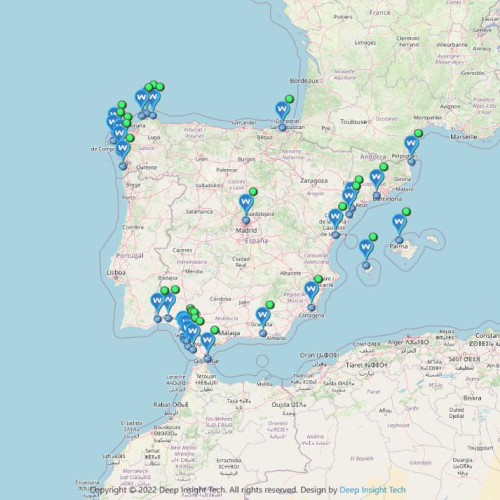
In Situ TAC starts leveraging oceanographical data recorded as part of a pilot study between Met Éireann and Commissioners of...
To collect multi-source, multi-platform, heterogeneous data, perform consistent quality control and distribute it in a common format (NetCDF) and in near-real-time (within 24 hours) to the Copernicus Marine Forecasting Centres (MFC), for assimilation into their numerical ocean models, and to any other users.
To supply the MFCs and downstream users with re-processed 25-50-year products in delayed mode. In addition to the near-real-time products, these delayed-mode products are useful for model validation or assimilation in ocean reanalysis and climate studies.

In Situ TAC starts leveraging oceanographical data recorded as part of a pilot study between Met Éireann and Commissioners of...

Into the frame of a fruitful collaboration with Instituto Hidrografico de la Marina (Spain), the tide gauge network deployed by...

Phase II of the Copernicus Marine In Situ Thematic Assembly Center was officially launched with a kick-off meeting from March...
